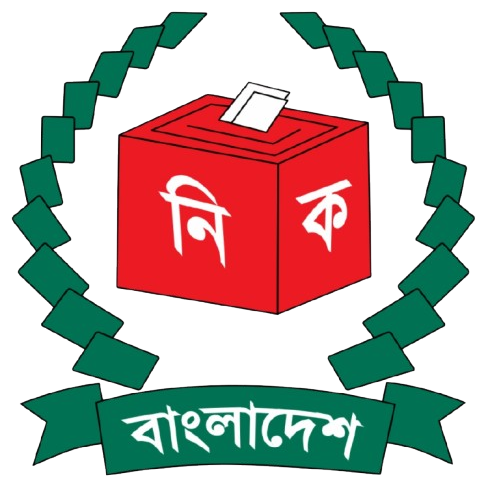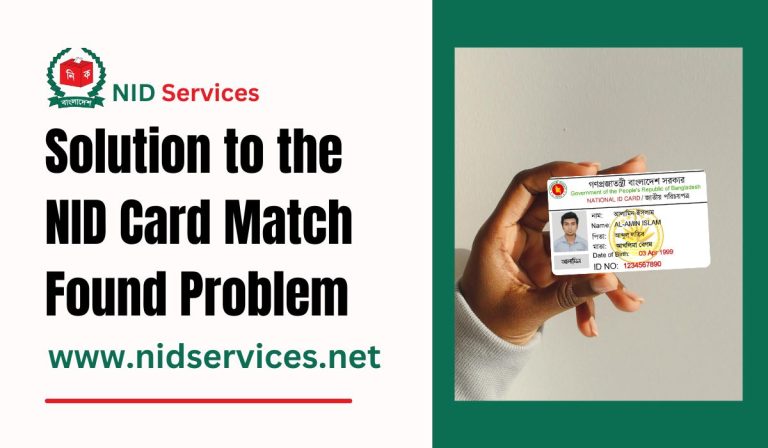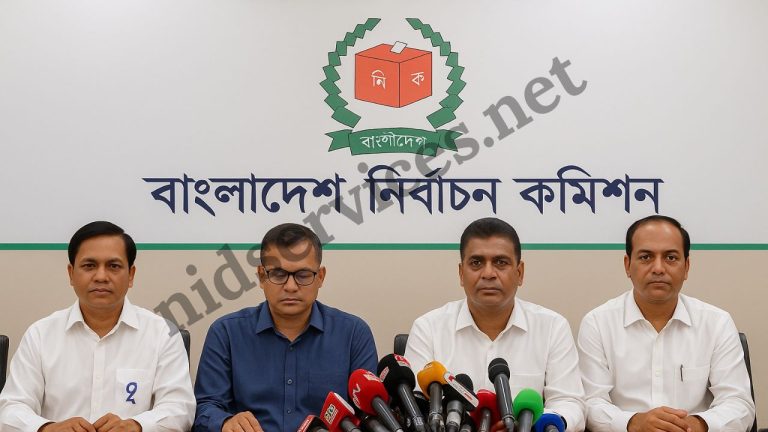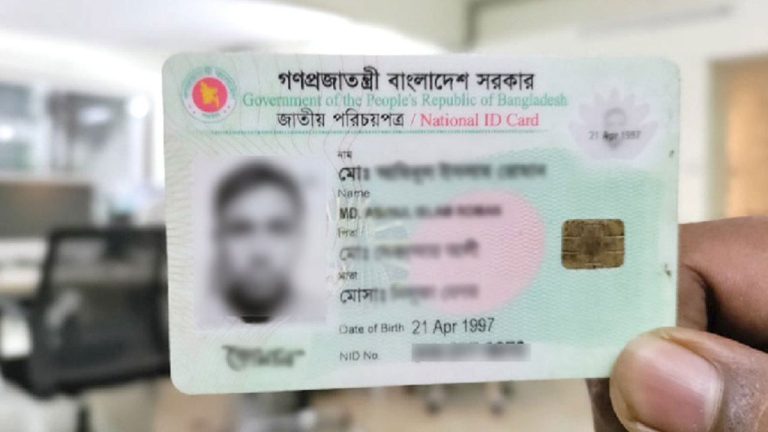Rules for Voter ID Card Date of Birth Correction
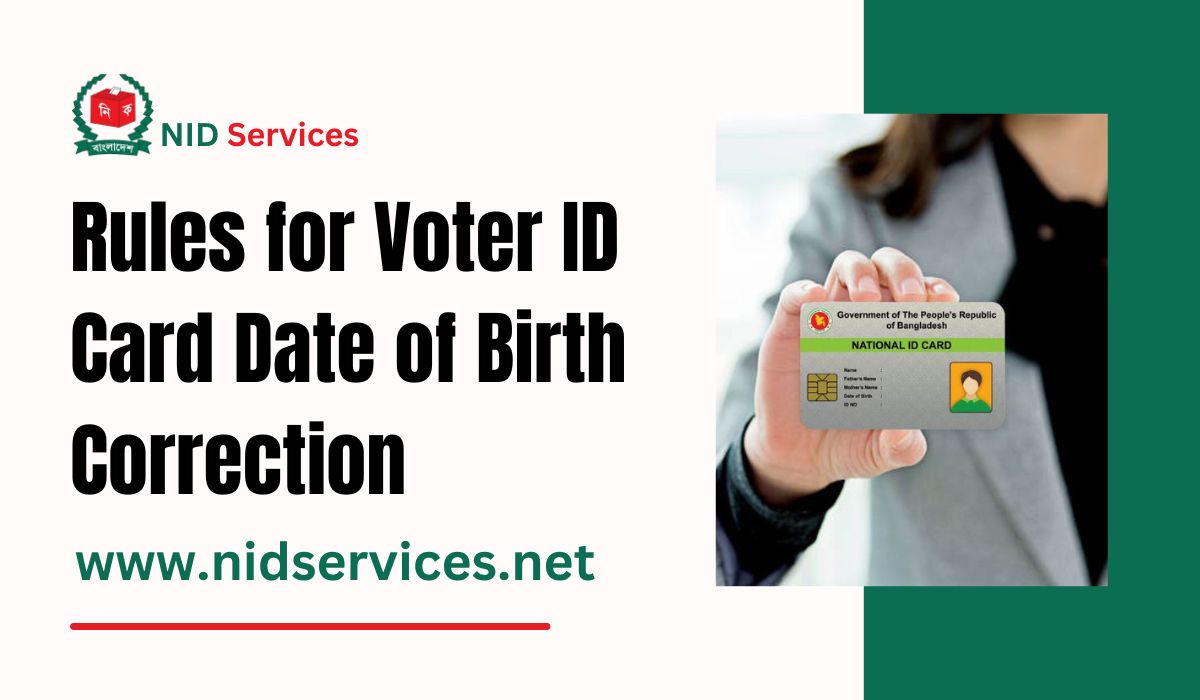
Rules for Voter ID Card Date of Birth Correction. Correcting the date of birth on a Voter ID card is a crucial process that ensures your personal information is accurate across all official documents.
Inconsistent data between the Voter ID and other identification documents, such as academic certificates, passports, or national identity cards, can lead to complications in legal, financial, and administrative matters. This article provides a detailed guide on how to amend the date of birth on your Voter ID card, the required documents, and the procedural steps to follow.
Need for Date of Birth Correction
Many older individuals may find discrepancies between their date of birth on the Voter ID card and other official records due to errors during initial registration or due to a lack of standardized documentation practices in the past. Such inconsistencies can cause significant issues, particularly when dealing with financial institutions, applying for government benefits, or even when verifying identity for various legal processes.
It is, therefore, essential to ensure that the date of birth on your Voter ID card is consistent with your other legal documents. This not only ensures seamless verification processes but also protects against potential legal and administrative complications.
Prerequisites for Date of Birth Correction
Before applying for a date of birth correction on your Voter ID card, you need to gather the following documents:
- Educational Certificates: A Secondary School Certificate (SSC), Higher Secondary Certificate (HSC), or equivalent.
- Online Birth Registration Certificate: A digitally verified birth certificate is crucial if educational certificates are not available.
- Passport or Driving License: These can serve as secondary proof if the educational certificate is not provided.
- Marriage Certificate: Applicable if the birth date correction is linked to marital status changes.
- Government Service Certificate: For government employees, a certificate or recommendation from the relevant authority is required.
The specific document required will depend on your current situation and the extent of the correction needed.
Rules for Voter ID Card Date of Birth Correction
Correcting your date of birth on the Voter ID card involves a systematic process that can be completed online. Follow these steps for a hassle-free experience:
Step 1: Prepare Required Documents
Scan or take clear photographs of all the necessary documents. Ensure that the files are of good quality and meet the size requirements specified on the official website. This step is crucial as any discrepancies in the documentation can lead to delays or rejection of the application.
Step 2: Register on the NID Website
Visit the official National Identity Card website at services.nidw.gov.bd and register your account. If you already have an account, log in using your NID number and password. For first-time users, complete the face verification process using your NID number to create a new account.
Step 3: Correct Your Date of Birth
After logging in, navigate to the ‘Profile’ section, where you will find options for updating your personal information. Select the ‘Edit’ option next to your date of birth and enter the correct information. The system will display both the existing incorrect date and the revised date for your confirmation. Once verified, proceed to the next step.
Step 4: Pay the Correction Fee
The next step involves paying the fee required for processing the correction. The fee varies based on the type and extent of the correction needed. You can pay this fee using mobile banking services like Bkash. Here’s how to do it:
- Log in to your Bkash account through the app.
- Navigate to the ‘Pay Bill’ section.
- Select ‘Government Fees’ and then choose the ‘NID Service’ option.
- Enter your NID number and select the ‘NID Info Correction’ option.
- Confirm the payment using your Bkash account PIN.
After the payment is completed, you will see the deposited fee amount reflected on your NID profile. Ensure that the fee has been successfully added before proceeding to submit your application.
Step 5: Upload Documents and Submit Application
Once the fee payment is confirmed, upload the scanned copies or photographs of your supporting documents. These documents will serve as evidence for the date of birth correction. Ensure all files are clear and legible to avoid any delays in the verification process. After uploading, submit your application for review.
Step 6: Download the Amendment Application Form
After submitting your application, return to the profile section where you will find a link to download the ‘National Identity Card Amendment Form.’ Download this form and keep it for your records. This form serves as proof of your application and contains the updated information that you have provided.
Processing Time for Date of Birth Correction
The time required to process the date of birth correction depends on the extent of the correction needed and the category under which your application falls. Generally, corrections are processed within the following timelines:
- Up to 3 Years Correction: Processed within 7 days by the Upazila Election Officer.
- Up to 5 Years Correction: Takes about 15 days, managed by the District Election Officer.
- More than 5 Years Correction: For corrections beyond 5 years, the Regional Election Officer handles the case, taking approximately 30 days.
- Complex Corrections: For complex cases involving eligibility criteria for elections, pension age limits, or other special cases, the Director General of NID oversees the correction, which may take up to 45 days.
Conclusion
Ensuring that your Voter ID card reflects the correct date of birth is essential for maintaining the integrity of your legal and financial records. By following the step-by-step process outlined above and providing accurate documentation, you can correct any discrepancies efficiently. Staying proactive in updating your identification documents will save you from potential complications in the future, whether in accessing government services, verifying identity, or during financial transactions.
